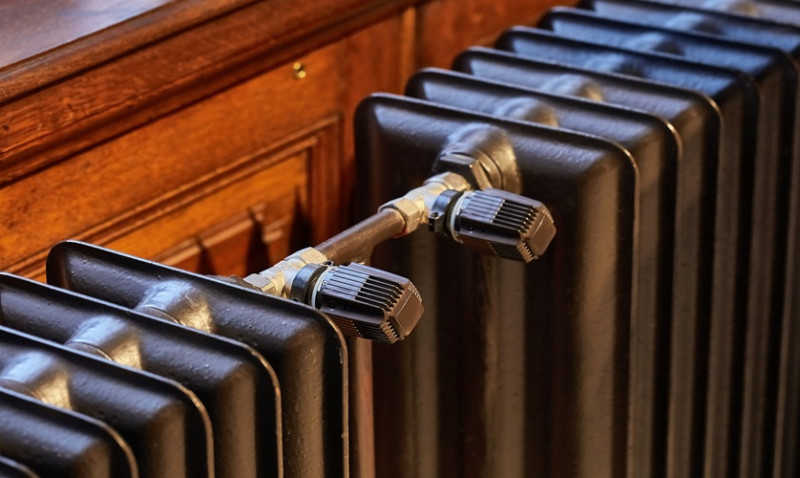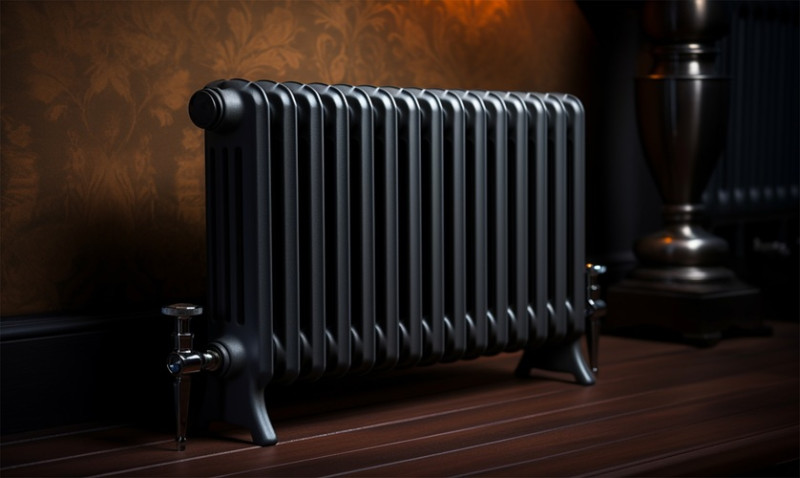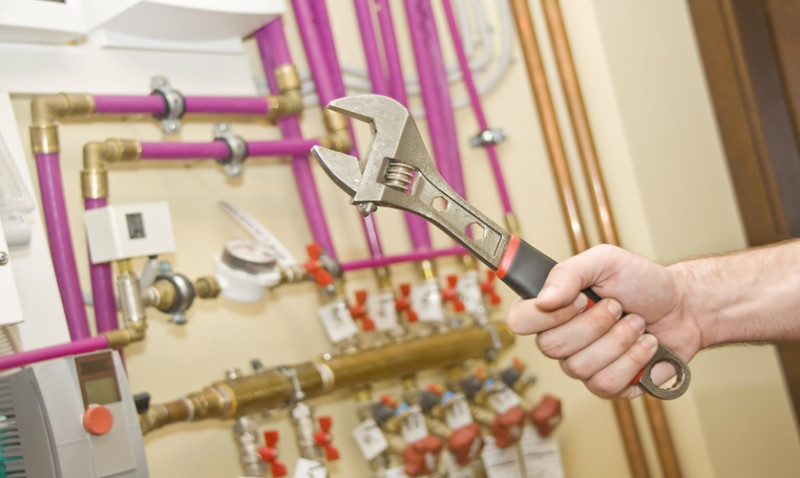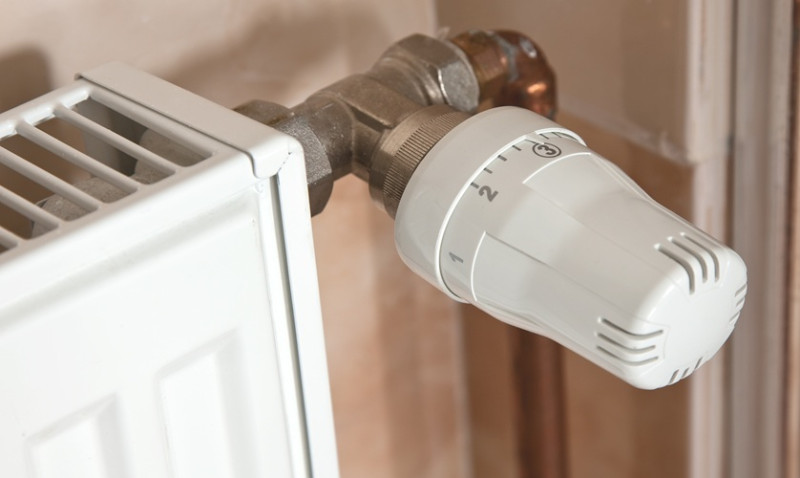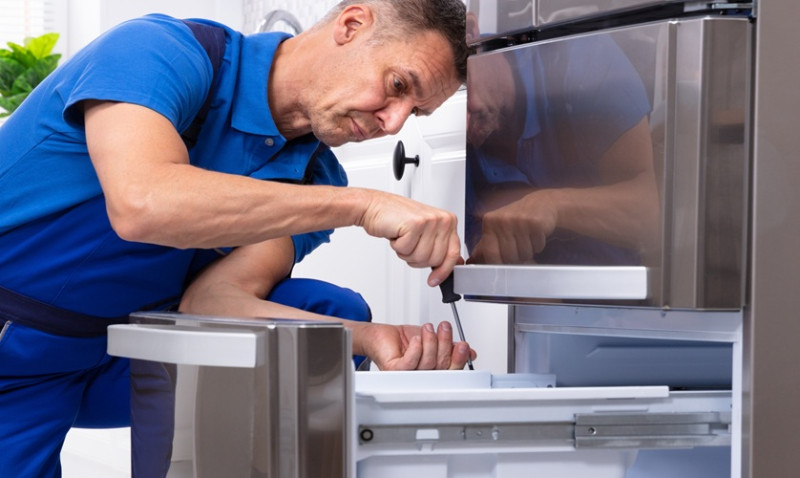
Proper refrigerant recovery is not just a compliance requirement — it's an essential step towards environmental responsibility, safety, and efficient HVAC practices. Whether you're a seasoned professional tradesperson, a budding DIY enthusiast, or an architect involved in overseeing environmentally-conscious builds, understanding refrigerant recovery is critical in today's eco-focused world. In this post, we’ll walk through not only the why, but also the how of refrigerant recovery — including common problems, tools, regulatory tips, and best practices that are especially relevant for residents and professionals in the UK.
Why Refrigerant Recovery Matters
Refrigerants, especially those containing hydrochlorofluorocarbons (HCFCs) and hydrofluorocarbons (HFCs), play a vital role in cooling systems — from domestic fridge units to full-scale industrial air conditioning. However, these substances are also potent greenhouse gases. When released irresponsibly, they can significantly contribute to ozone depletion and global warming.
Refrigerant recovery ensures that these harmful substances do not escape into the atmosphere. Instead, they are captured during maintenance or decommissioning of HVAC systems and stored safely for reuse or recycling. This not only protects the environment but also aligns with several UK regulations under the F-Gas Regulation (EU) No 517/2014, which continues to apply even post-Brexit under UK law.
For professionals, mastering this process opens a larger market — from environmentally-savvy homeowners to commercial property owners who demand reliable compliance. For DIY-ers, understanding the need for licensed technicians to handle refrigerants can help avoid costly legal issues and ensure safety.
What You Need for a Basic Refrigerant Recovery Setup
Getting started with refrigerant recovery requires some essential equipment and a well-planned workspace. While professionals will likely need a more advanced toolkit, even smaller setups must be thorough and compliant. Here’s a breakdown of the basic kit:
| Equipment | Purpose |
|---|---|
| Refrigerant Recovery Machine | Removes refrigerant from the system and stores it temporarily |
| Recovery Cylinder (Certified) | Stores the recovered refrigerant safely for transportation or recycling |
| Manifold Gauge Set | Monitors system pressure and ensures correct discharge |
| Refrigerant Scale | Weighs the amount of refrigerant recovered to prevent overfill |
| Hoses with Ball Valves | Connects your equipment securely while minimizing leaks |
| Personal Protective Equipment (PPE) | Protects eyes, hands, and respiratory system during operation |
A clean, well-ventilated working area is a must. Ensure all equipment is regularly maintained and calibrated. Even small leaks or inaccuracies in gauges can result in environmental hazards or non-compliance issues.
Training Basics: What You Need to Know
In the UK, anyone handling fluorinated greenhouse gases (F-Gases) must be qualified under the F-Gas Certification Scheme. This means taking a course through a recognised training body, which includes both theoretical knowledge and practical assessment. These courses typically cover:
- Principles of refrigeration and thermodynamics
- Safe handling and transfer of refrigerants
- Leak detection and system diagnostics
- Refrigerant recovery, recycling, and disposal procedures
- Legal obligations and environmental regulations
While the course is often completed within a few days, the skills gained are essential. Even if you're not directly handling refrigerants, architects and project managers benefit from understanding the certification requirements for contractors. This helps in hiring better-qualified teams and maintaining site safety and compliance.
Common Problems and How to Overcome Them
Even with training and the right equipment, things can go wrong. Here are some common issues and our tips to avoid them:
1. Incomplete Recovery
Sometimes, not all the refrigerant is successfully removed, usually due to blockages, incorrect system pressure, or poor evacuation methods. Make sure you're using approved and calibrated gauges and give enough time for the recovery process — don't rush it.
2. Equipment Failure
Low-quality recovery machines or poorly maintained hoses and valves can lead to leaks or breakdowns. Always perform a pre-check and leak test before starting recovery. Regular servicing of your tools is not optional — it’s essential.
3. Cross-Contamination
Using the same recovery cylinder or hoses across different refrigerant types can cause contamination. This can render refrigerants unusable and damage equipment. Label and dedicate equipment to specific refrigerants whenever possible.
4. Legal Non-Compliance
Improper storage, transfer, or documentation can lead to hefty fines in the UK. Follow DEFRA guidelines on refrigerant handling and keep accurate logs of every recovery operation — including the type, quantity, and destination of the recovered material.
Best Practices for Safe and Efficient Recovery
To make your recovery operations smoother and more sustainable, adopt these professional best practices:
- Use push/pull recovery with large systems: This technique allows for faster removal of liquid refrigerant before switching to vapor recovery.
- Monitor cylinder temperature: Recovered refrigerants can generate pressure due to heat. Keep the cylinder cool and never overfill — always weigh the cylinder before and after.
- Use low-loss fittings: These help to minimise costly leaks and are especially important with HFCs, which can be particularly destructive in small amounts.
- Always leak-test after recovery: Before recharging a system or doing further repair, use an approved leak detection method to ensure system integrity.
- Don’t vent refrigerant: Venting to the atmosphere is illegal and harmful. Always use sealed recovery systems and, where recycling isn’t possible, send refrigerants to an authorised disposal facility.
Conclusion: Equip Yourself and Protect the Environment
Refrigerant recovery isn’t just for HVAC specialists. With climate concerns growing globally and new regulatory frameworks tightening, being trained and equipped for proper recovery is a professional responsibility for builders, maintainers and home-improvement specialists alike. With the right knowledge, tools, and mindset, you can improve safety, reduce emissions, and even cut operating costs.
For DIY-ers and home renovators, always seek a certified technician when refrigerant recovery is involved. For professionals and business owners, consider investing in team training and high-quality equipment to ensure every job you complete is not only compliant but world-class.
Looking for reliable recovery machines and certified training courses in the UK? Check out our recommended tools and partnership training providers to get started on the path to professional refrigerant management.
